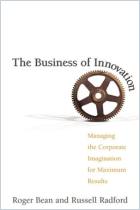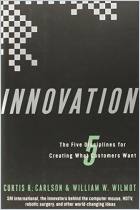
Making Innovation Work
How to Manage It, Measure It, and Profit From It
Recommendation
getAbstract recommends this book to everyone involved in innovation. Whether you're involved as a creative thinker, a promoter of new products, a manager guiding the innovation process or an investor evaluating an innovative company, there's gold here for you. Authors Tony Davila, Marc J. Epstein and Robert Shelton compress a mass of research and experience in innovation practices into a set of rules and guiding principles. Then, they use stories, lucid explanations, charts and careful definitions to illustrate how these principles work. A few of these concepts could have been expanded profitably - for example, how to tell in practice when radical innovation is needed, how to determine if you're innovating too much or too fast, and how to sort out the best ideas without discouraging the creators of the rejected concepts. That's the only caveat; everything else is fascinating and immediately applicable.
Summary
About the Authors
Tony Davila, Ph.D., designs performance management systems and teaches at Stanford's Graduate School of Business. Marc J. Epstein, a veteran consultant, taught at Stanford, Rice University's Jones Graduate School of Management and INSEAD. Robert Shelton has been a vice president and/or managing director at three major consultancies.


















Comment on this summary or 开始讨论